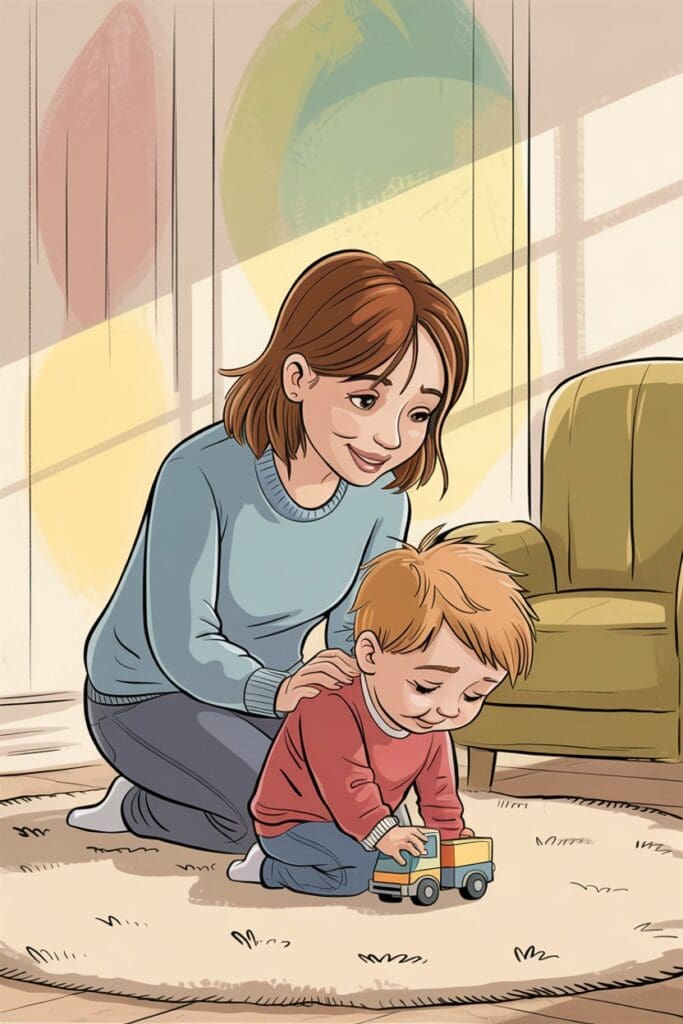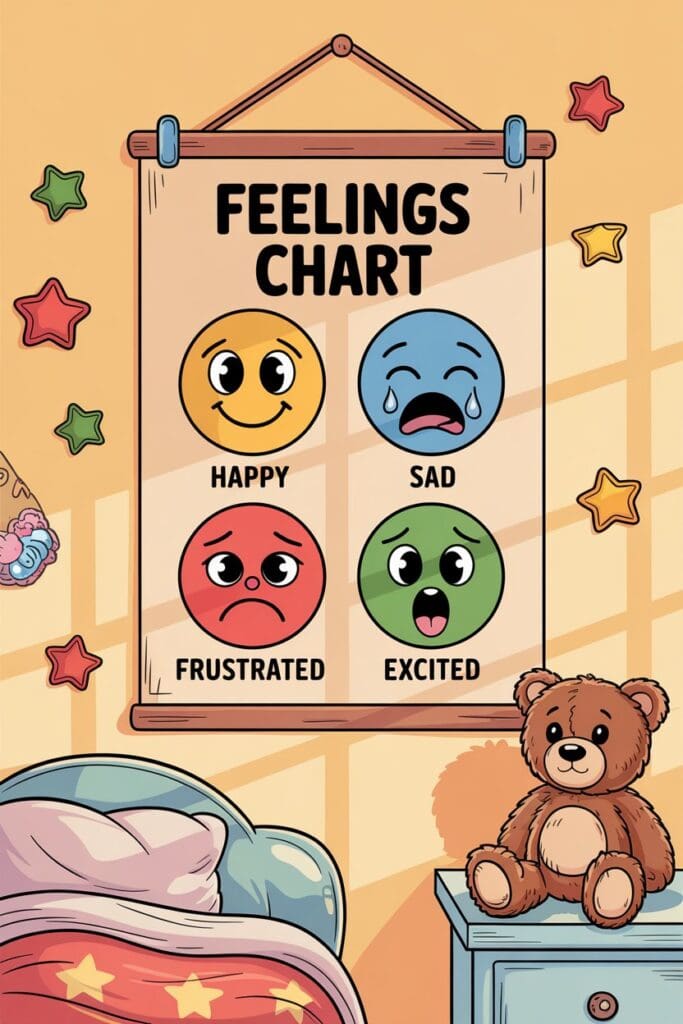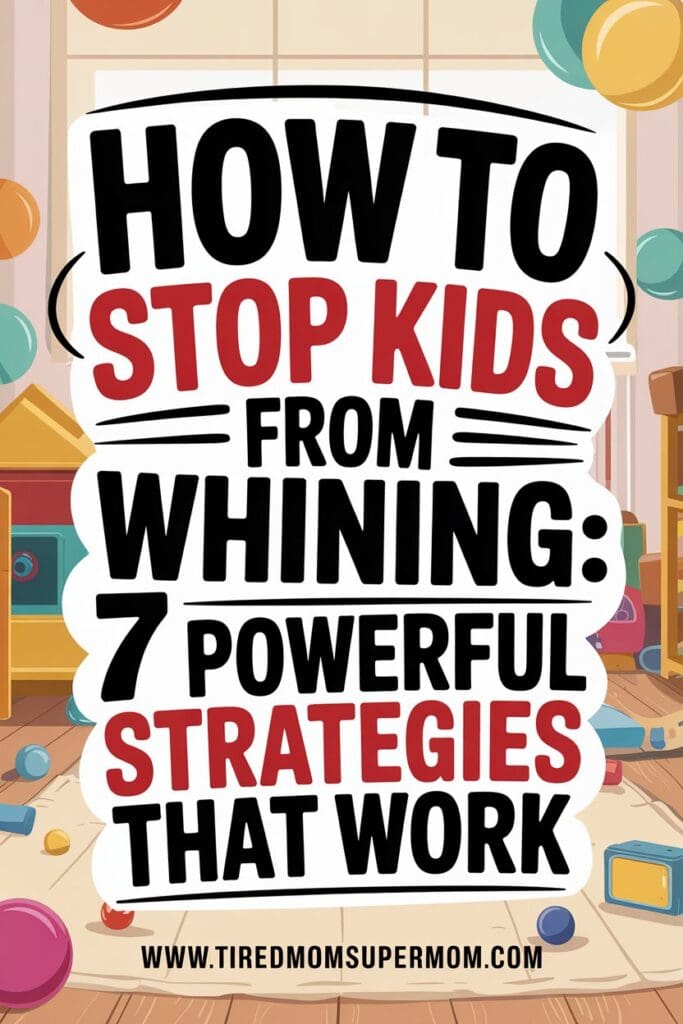How to Stop Kids from Whining: 7 Powerful Strategies That Work
Whining is a normal part of childhood, but it doesn’t have to take over your home. If you’re wondering how to stop kids from whining effectively, you’re in the right place. Here’s exactly why kids whine and what you can do to help them express themselves in healthier ways.
Any parent who has experienced the incessant drone of a whining child knows it can test even the most patient souls.
Whether it’s about not getting their favorite snack or wanting that new toy, kids seem to have mastered the art of whining to get what they want.
But fear not, dear parents, there are effective ways to tackle this behavior and bring peace back to your home.
Heads up: This post may include affiliate links. As an Amazon Associate, I earn from qualifying purchases—at no extra cost to you. Full privacy policy and disclosure here.

Understanding the Whining
Before diving into strategies, let’s understand why kids whine. Often, whining is a result of:
- Seeking Attention: Children may whine to get your attention, especially if they feel neglected.
- Expressing Emotions: They might be tired, hungry, bored, or feeling overwhelmed.
- Testing Boundaries: Whining can be a way for children to test limits and see how far they can push.
The American Academy of Pediatrics also offers helpful insights on positive parenting practices to encourage better communication.
If your mornings are chaotic too, you’ll love these toddler mom hacks that save your sanity.
Teaching emotional regulation is one of the most effective ways to learn how to stop kids from whining naturally.
Now, armed with this understanding, let’s explore some strategies to curb the whining:
How To Curb the Whining Issue
1. Stay Calm and Patient
It’s easy to lose your cool when faced with constant whining, but remember, staying calm is key.
Take a deep breath, count to ten if you need to, and respond calmly. Reacting angrily might reinforce the behavior or escalate the situation.
Sometimes a visual chart can help — try this Positive Behavior Chart for Kids to reward calm communication.
2. Set Clear Expectations
Kids thrive on routine and predictability. Set clear expectations about what behavior is acceptable and what isn’t. Explain to them that whining won’t get them what they want and encourage them to ask politely instead.
This Mindfulness Journal for Kids encourages healthy emotional expression through writing.
If you’re struggling with daily tantrums, these tips on how to stop kids from whining can completely change your home environment.
3. Acknowledge Feelings
Sometimes, kids whine because they’re unable to express their feelings effectively. Acknowledge their feelings by saying, “I understand you’re upset because…”, and then offer alternatives or solutions.
Understanding emotions is key — here’s why kids often have meltdowns with mom.
A Cozy Calming Corner Kit can give your child a safe space to calm down.
Consistency is key when you’re figuring out how to stop kids from whining without yelling or giving in.
4. Be Consistent with Consequences
Establish consequences for whining and stick to them consistently. Whether it’s a time-out or loss of privileges, make sure your child understands that whining has negative consequences.
5. Teach Problem-Solving Skills
Help your child develop problem-solving skills by encouraging them to find solutions to their problems on their own. Ask questions like, “What do you think we can do about it?” This empowers them and reduces reliance on whining.
Books like How to Talk So Kids Will Listen & Listen So Kids Will Talk offer fantastic parenting scripts.
One of the best-kept secrets for how to stop kids from whining is helping them find the words for their big feelings.
6. Praise Positive Behavior
When your child asks for something nicely or handles a situation without whining, praise their behavior. Positive reinforcement goes a long way in shaping their behavior positively.
7. Lead by Example
Children learn by observing. Make sure you’re modeling the behavior you want to see. Avoid whining yourself and demonstrate effective communication and problem-solving skills.
For a little extra support, check out these self-care quotes for moms to stay centered.
Consider using a Feelings Thermometer Poster to help young kids express emotions without whining.
Many parents wonder how to stop kids from whining quickly — but the truth is that it’s about building long-term communication skills.

Frequently Asked Questions About Kids Whining
Why do kids whine so much?
Kids often whine because they feel overwhelmed, tired, hungry, or unsure how to express their needs. It’s a developmental phase for learning communication skills.
How can I respond to whining without losing my temper?
Stay calm, acknowledge their feelings, and model the behavior you want. Take deep breaths and remind yourself that whining is a call for help, not defiance.
At what age do kids typically outgrow whining?
Most children start to outgrow whining between ages 5 and 7, especially if caregivers consistently coach them toward better communication.
Should I ignore whining completely?
It’s best not to ignore whining entirely. Acknowledge the emotion but reinforce that whining is not an effective way to get needs met.
What strategies work best for toddlers who whine?
Visual aids like feeling charts, setting clear expectations, and offering choices work especially well for toddlers.
Bottom Line
Whining might seem like an inevitable part of parenting, but with patience, consistency, and understanding, you can minimize it.
According to WebMD’s parenting experts, whining can stem from unmet emotional needs.
Remember, it’s a phase that most children go through and gradually outgrow. By using these strategies, you’re not only teaching your child important life skills but also creating a more peaceful and harmonious environment at home.
So, the next time you’re tempted to give in to the whining, take a deep breath and remember, you’ve got this!

